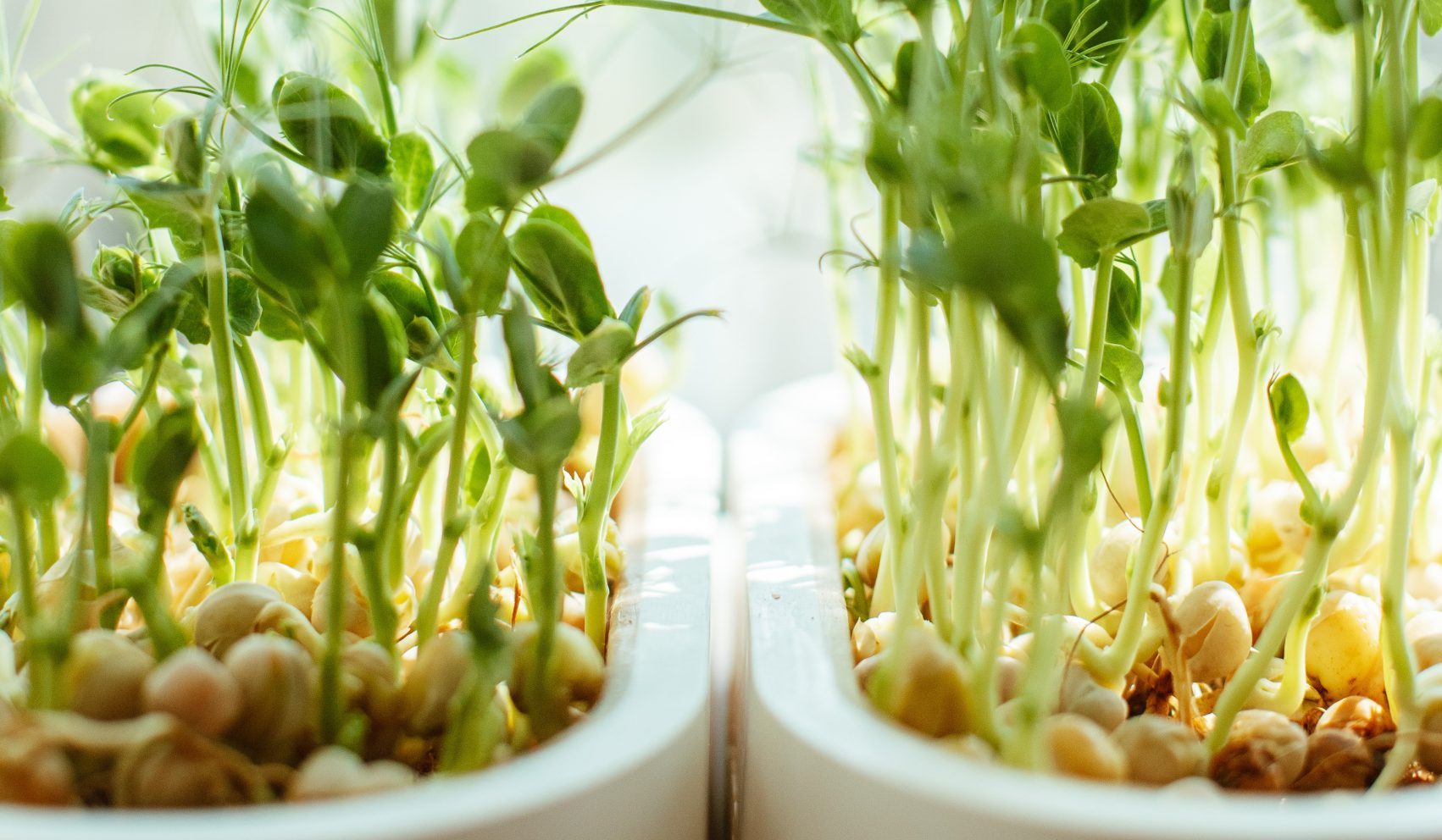This might be news to you, but the Centers for Disease Control ranks the health benefits of vegetables and fruits on a scale of 1 to 100. If you had to guess which vegetables get high marks, I bet you’d come up with spinach or kale. But, would you believe that watercress gets a perfect score of 100 as the healthiest vegetable in the world?
What’s interesting is that the CDC’s ranking appears to have been around for a while, with no media attention. Recently, the watercress industry has promoted the information and, all of a sudden, there are lots of stories!
For background, the CDC has a list of what it calls “powerhouse fruits and vegetables” or PFV. These are foods that it says are most closely tied to lower risk of chronic disease. The list includes green leafy vegetables, yellow/orange citrus, and “cruciferous” or cross-bearing (thanks to their four petals) vegetables such as broccoli, cabbage and Brussels sprouts.
According to the CDC, watercress is a superfood. The CDC gives it a nutrition density score of 100, based on the amount of essential vitamins and minerals it contains. After watercress comes Chinese cabbage, with a score of 91.99, and chard, with a score of 89.27.
Beet greens, spinach, chicory and leaf lettuce also are at the top of the CDC foods-with-high-nutrient-density list with high scores, but their scores are in the 70s and 80s.
Watercress is a leafy green that is related to kale, cabbage, mustard and radishes. It has a strong peppery taste, perhaps a bit like horseradish.It has a lot of vitamin A, potassium, and vitamin C.
Watercress has been around for a long time. What’s interesting is that in Europe and Asia people have been eating watercress for its health benefits over many centuries.
If you can find watercress at the supermarket, add it to your salads. Watercress with smaller leaves has a less strong taste than older watercress, which has large leaves. You can eat the younger watercress leaves raw, but you might want to quickly saute the large watercress leaves.
What’s at the bottom of the CDC’s list, with the lowest nutrient density? While all the fruits and vegetables on the list are very healthy, the CDC says that raspberries, leeks. sweet potatos, tangerines, cranberries, grapefruit, garlic, onions, and blueberries are not powerhouse foods. Who knew?
Here’s more from Just Care:

Leave a Reply